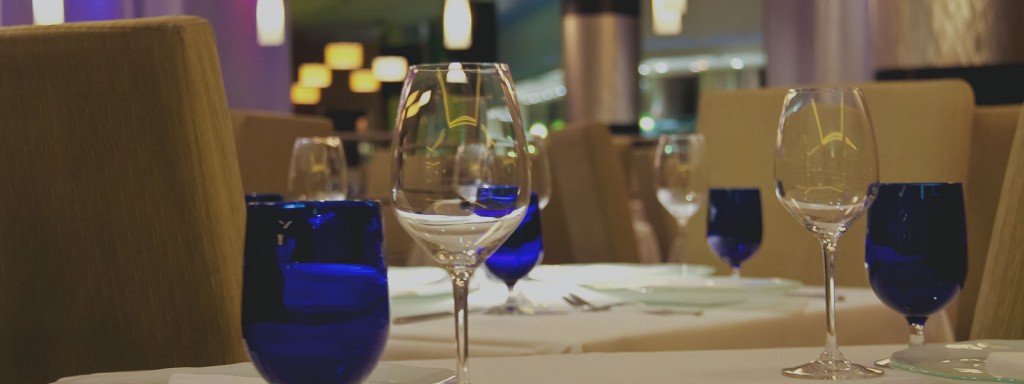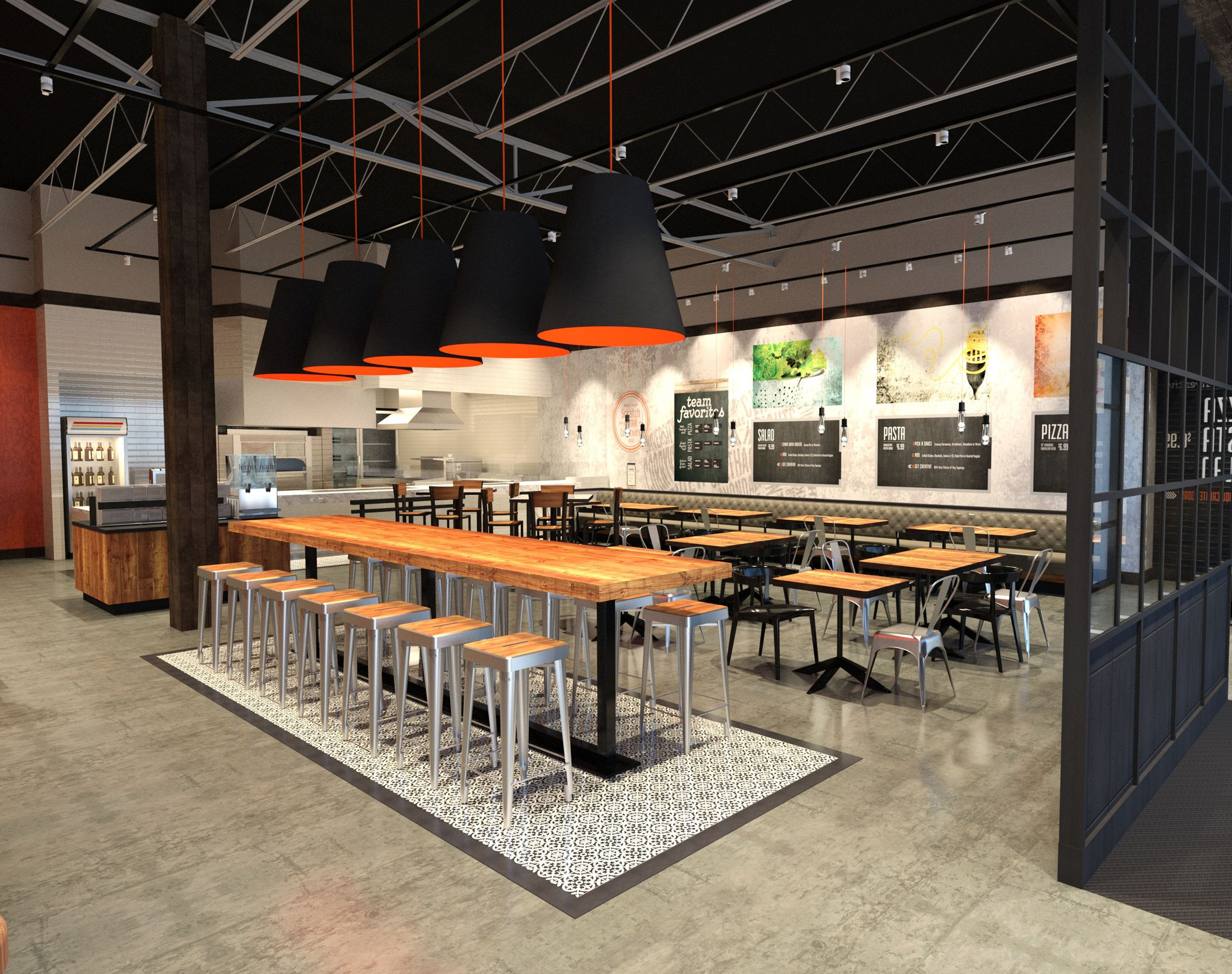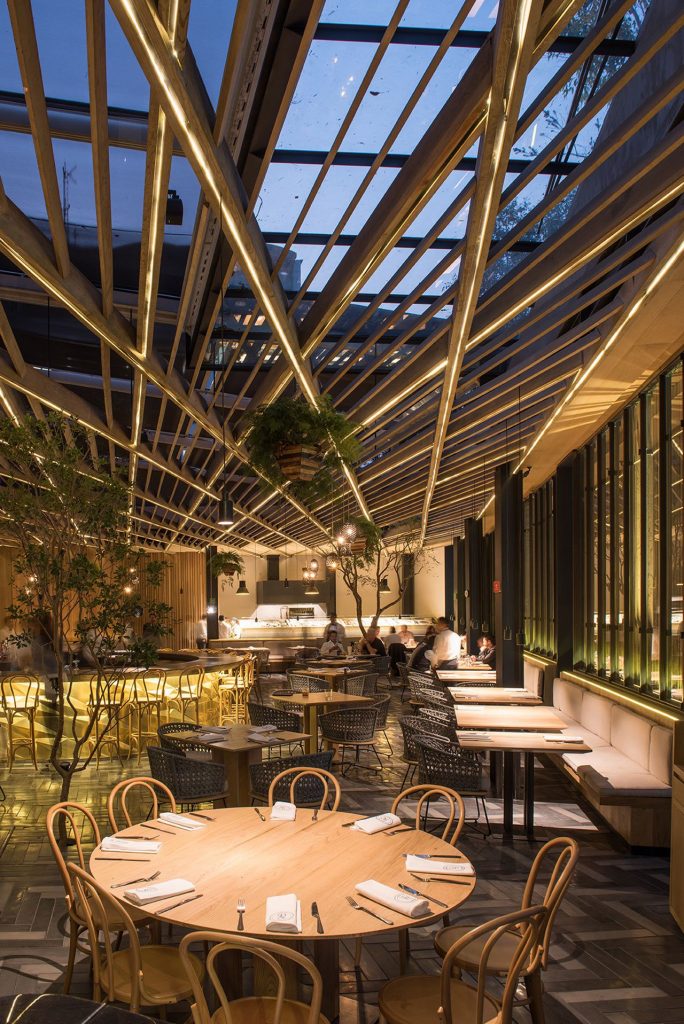
Restaurant design is critical to the success of any food service establishment, yet it tends to be regularly disregarded. Nobody wants to spend all their efforts on the perfect menu, service, and training, just to have visitors leave due to a lack of waiting area, uncomfortable interior space, or excessively high levels of noise.
Your guest’s first impression is paramount, they will have determined whether or not they like or love your restaurant brand within the first couple of minutes – before they’ve even tasted the food. In other words, your restaurant design plays a large role in the overall guest experience and ultimately your restaurant’s success.
How can you be certain your establishment meets the proper restaurant design criteria? Below we will discuss some points proprietors regularly neglect and provide you with some design tips, so you don’t make the same mistakes.
Restaurant Flow
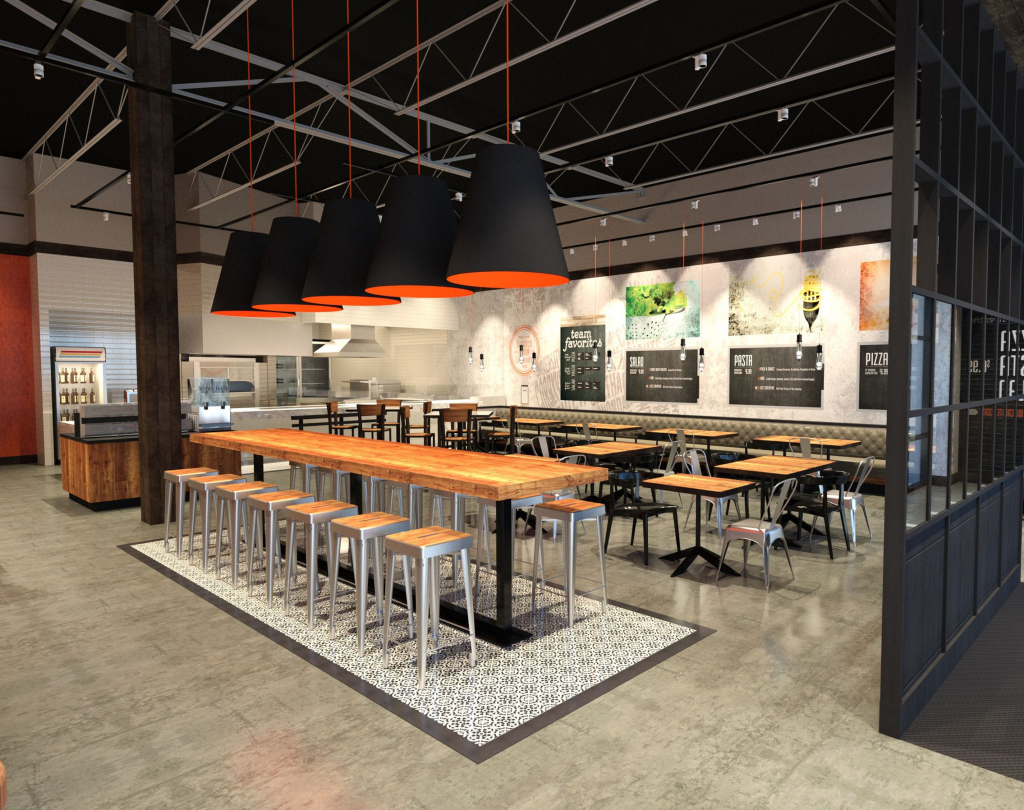
Time after time, restaurants overlook potential issues like:
- Not taking the kitchen’s operations and /or server station proximities into account.
- Not ensuring that the guest’s initial view is alluring, engaging and inviting.
- Not taking into consideration the heavy foot traffic and subsequent cleaning necessary when selecting FF&E.
- Having an excessive amount of stylistic theme and/or clutter.
A restaurant can be beautiful and engaging in the planning stage, but it should also be functional enough to handle a large amount of patrons. The focal point of most restaurants is frequently the kitchen, bar or dining room, so the greeting area can in some cases come as an afterthought. In any case, it’s an extremely important area – the first inviting space individuals see and usually the place where they’ll wait to be seated.
Give Attention to Every Design Area
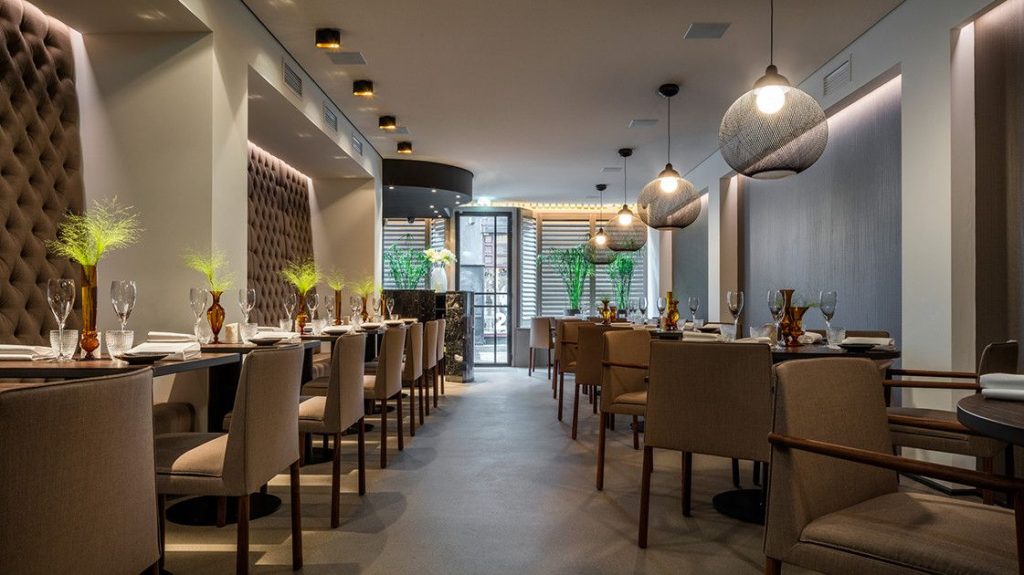
The design of a restaurant doesn’t stop at operational flow and appearances.
Another thing that is frequently often neglected is, audio engineering and design. The public is generally accustomed to the everyday sounds from their respective workplaces, daily commutes, and individual homes. That opens the door for restaurateurs to transport patrons through their space; It makes and breaks the vibe.
What’s more, it can even be a cost-effective design tool.
From a business perspective it can be financially beneficial to invest in your audio design plan vs spending largely on premium finishes, or costly fine arts that won’t translate or hold up well to everyday use. Inviting music can add value to any atmosphere.
Acknowledge the Power of Social Media
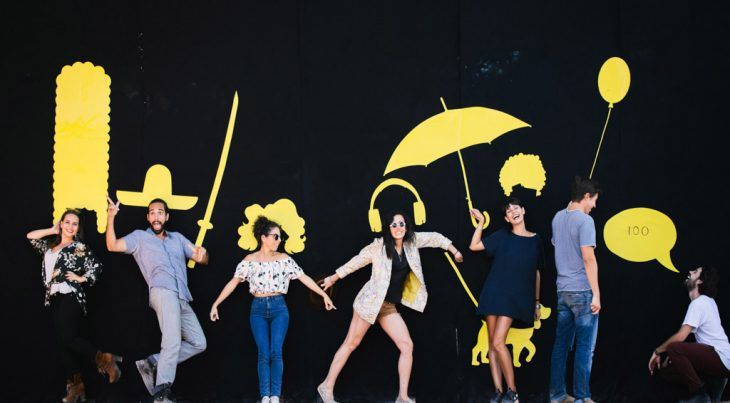
Selfies are a part of our present day lives, so restaurateurs should ensure that there’s nothing in their décor that would negatively portray their establishment. A simple décor beats a cluttered backdrop every time.
You can consider using photographs as part of your design layout. Photos or artwork which convey the history of a given area or neighborhood could be particularly viable options.
On the other hand, you may opt for a bolder selfie wall. Today there’s a great deal of restaurants that have an attention-grabbing wall as part of their décor. There are quotes lit up in neon, artful backdrops, and intense colorways regularly used nowadays with the intention that visitors will use the space to memorialize a visit via selfies and social- media. It all serves great for visitor’s needs, in turn can make for exceptional marketing to showcasing your restaurant.
Small Design Details Count
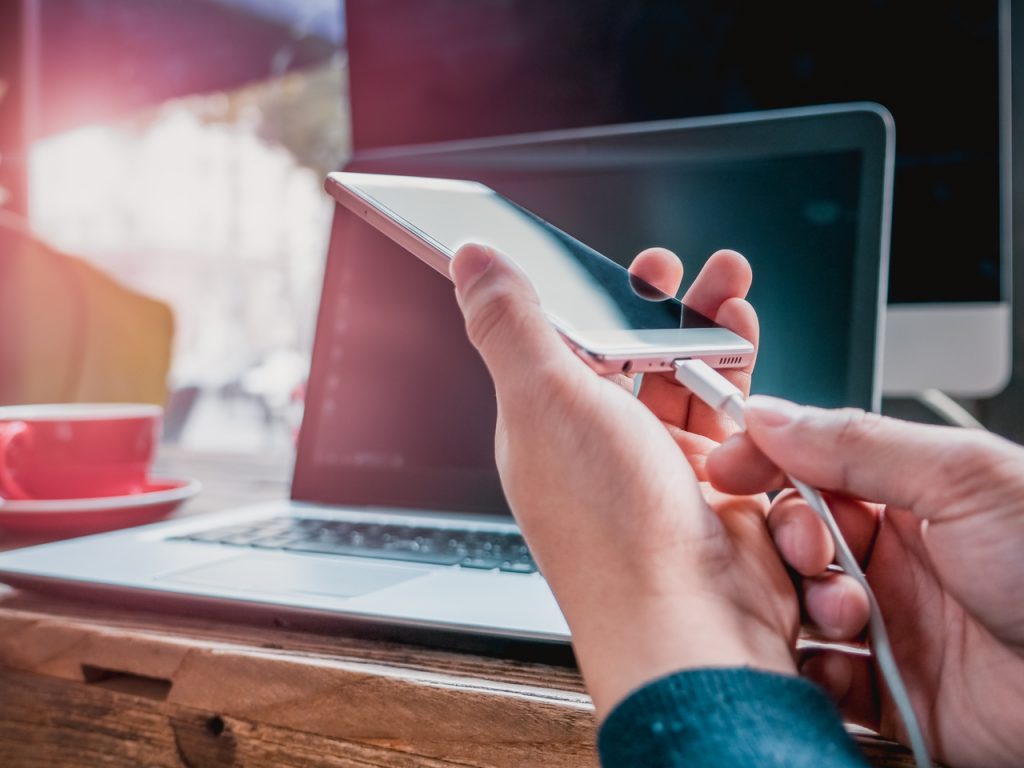
Regardless of whether you’ve nailed down your restaurant’s design flow, look, feel and acoustics, there are still small opportunities to design something unique that can enhance operations or customer experience. For example:
- Additional storage space for disposables and cleaning supplies away from customers.
- Plugs for phones, laptops and tablets by tables and counters, and enough outlets for special events.
- Coat hanging hardware and purse hooks under the bar counters for handbags.
- Clear spaces for handbags in washrooms.
If you are designing a commercial kitchen, here’s a useful article on space allocation.
Contact TRG Restaurant consultants for your restaurant design needs.


